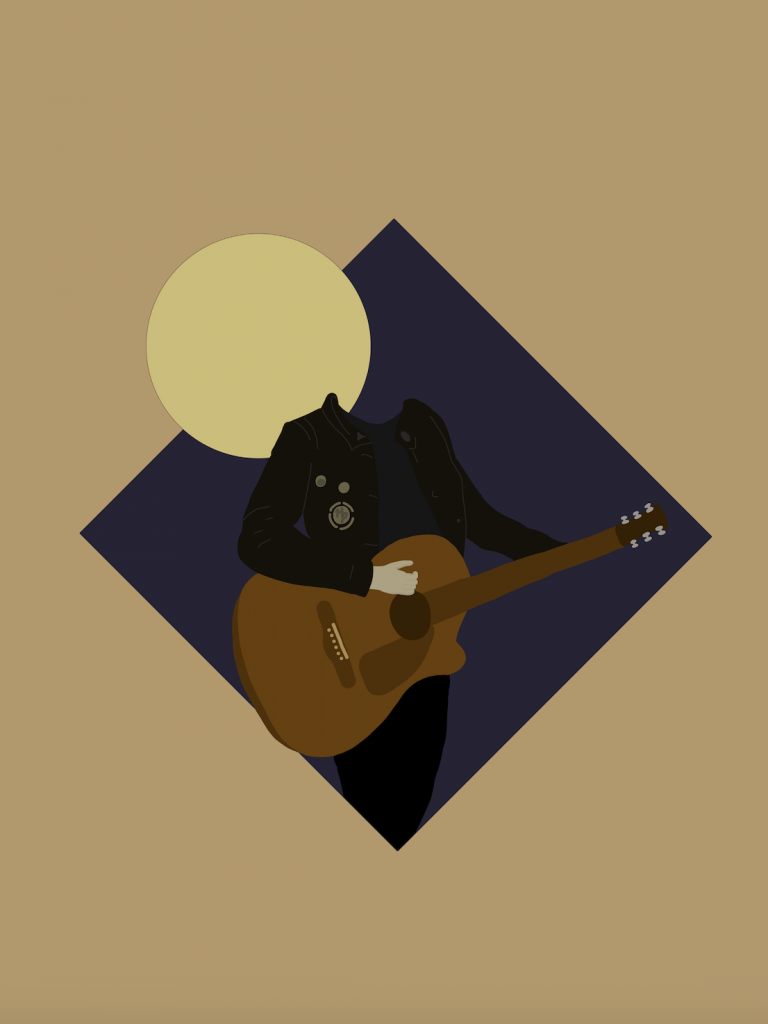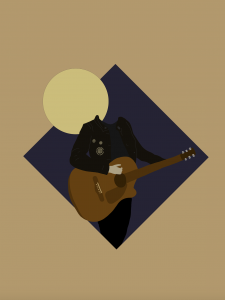Our world has been shaken up by the novel coronavirus COVID-19. The usual flow to our lives has been disrupted: we are not allowed to leave our homes, our favorite places to eat have disallowed dine-in options and we’re confronted with the morbid reality of a disease that even doctors do not fully understand. Our social and personal distancing places us at home, physically disconnected from the outside world. But with our stay-at-home and shelter-in-place orders comes an interesting side-effect: a return to nature.
The connection between human industry and the destruction of nature in its many forms is widely debated. However, self-quarantine has made humans in heavily populated areas decrease the amount of contact we have with our natural surroundings. Clearer skies, more breathable air and a reintroduction of wildlife in some places has led many to associate the lack of human presence with environmentalism. And the way this has manifested throughout the world has shown a pathway for this kind of thinking.
Venice, Italy is known for its famously beautiful canals, where tourists often ride in gondolas around the city. However, Italy’s national lockdown has its citizens staying inside, forcing many of the nation’s tourism to come to a complete halt. As a result, its canals are infinitely clearer than usual. Its streams of water are no longer muddy with dirt and sand due to the disturbance caused by human-centric tourism like gondola rides. The sight of clear water where there once was none reveals a correlation: less humans leads to less circulation of pollution.
There is something frightening about this revelation, leading some to believe that humans are the fundamental problem behind the processes that hurt our environment. Phrases like “we’re the virus” are thrown around, placing blame on people for our deteriorating world. The non-critical acceptance of this rhetoric is dangerous on the societal level, and freely feeding into it can lead to an ideology called ecofascism.
Ecofascism is an ideology driven by the idea that people must give up their essential rights in order to save the environment. In some extreme cases, those who subscribe to ecofascism believe in the sacrificing of people to preserve the environment, suggesting that genocide in some cases is the only way. Their underlying justification for this way of thinking? Humans are the virus, people are the problem; the way to save the environment is to fix the “problem.”
It’s very easy to fall into the trap of ecofascism simply because it’s easy to blame a general “people” for the environmental problems that face us. It’s easier to do that than think critically about the systems that surround the environment and the specific persons that perpetuate such harmful systems.
Think about it like this: what role does a general worker have in the context of the farming industry? How much actual control do they have over the work they’re contributing to compared to an executive or manager who oversees the entirety of that work? The worker in this context is likely here to earn a wage or salary to support themselves or their family, thus having to resort to this work, especially if there are no other stable jobs around. In contrast, the executive is likely not in a position where their livelihood and state of living is in jeopardy, yet oversees and leads it anyway. The latter of the two needlessly engages in it despite not needing to do so.
Subscribers to ecofascist ideology also fail to consider the many Indigenous and Native Peoples who have grown large, yet have a historically harmonious relationship with nature and their environment. We should not draw the conclusion that humans are the problem to our environmental woes when there have been societies predating many European ones that prove that it is possible to have large communities and not hurt our environment.
This conversation is especially relevant today, at a time in United States history when there is extreme political polarization and climate change poses an existential threat. The coronavirus has only further exposed the flaws in our current economic and social systems. These systems’ inability to support the workers that uphold the nation tell us that they do not work, no matter the efforts to patch its fundamental flaws.
These flaws should not be an indictment of humanity, as we know that in the past and in pre-colonial times that humanity has proved a possible harmony with nature, but rather an indictment of the systems that hurt us. These systems, inclusive of our political and economic frameworks, must be broken down. We must be careful to not fall victim to complacency. We must not fight to preserve the system and hierarchy that damages the relationships we have with each other and with our earth.
Ecofascist philosophy is lazy; it suggests that the absence of humanity is the solution. It does nothing to address the changes in our world and in our society that create these problems. What, then, do we have as an alternative to the systems we currently live within?
The alternative must be one that advocates for the liberty and equitable rights of all. Rather than recklessly placing the blame on entire countries or on workers in an industry, aim your environmentalist energy towards and against the ones in power that put workers in a position where they have no choice but to contribute to a crisis. An ordinary worker has no choice but to use petroleum fuel, to create deadly fumes and to destroy if the resources and means to shift to something cleaner and safer is out of reach.
They have no choice but to do so if the system and the people that benefit from it will continue to exploit those workers for their own personal gain. The amassing of capital with little sacrifice will only exacerbate these problems. Capital, and the power that comes with it, is the core of the problems that are brutally exposed and revealed by the COVID-19 crisis, not humanity in its entirety.
I do not yet advocate for a revolution, but we must understand that we cannot fall victim to a nihilist philosophy, where we put ourselves into a position where humanity is the problem. But we also cannot be so conceited as to suggest that humanity is the solution. Instead, we must see that humans can react to their settings, but also may change them. In front of us is not an opportunity to tear humanity apart for the sake of the environment. It is an opportunity for us to come together to tear down the systems that harm the environment.






